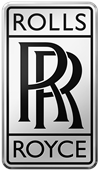
Rolls-Royce Ghost Saloon running costs and reliability
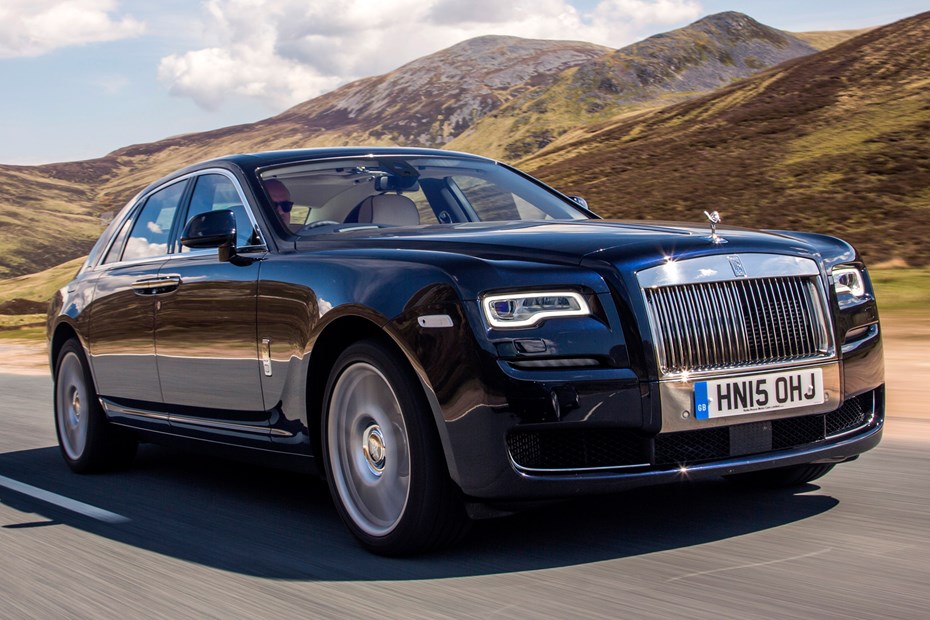
Miles per pound (mpp)
Fuel economy
- Get friendly with your local filling station
- Expect big bills for servicing and consumables
- Depreciation hits hardest in the first year
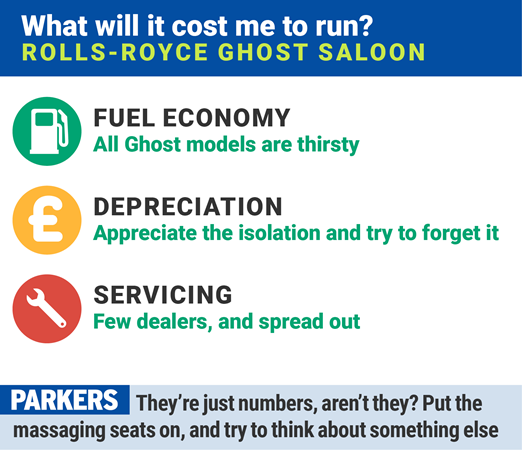
Predictably, Rolls-Royce Ghost running costs are high. Considering the badge and the performance, that won’t come as a great surprise, or much of a concern.
The Ghost’s 6.6-litre twin-turbocharged V12 engine is reputed to average 20mpg. Driven gently this might be the case but, in the real world, it’s more likely that you’ll return around 16mpg.
You’ll have to be prepared for substantial bills elsewhere, too. The cost of servicing, repairs and consumables will all significantly dent your bank account. A four-year unlimited-mileage warranty should protect you from any unpleasant unexpected bills, however.
Any used examples with faults need to be approached very carefully. Even a seemingly inconspicuous fault could mean costly bills and a lengthy repair time.
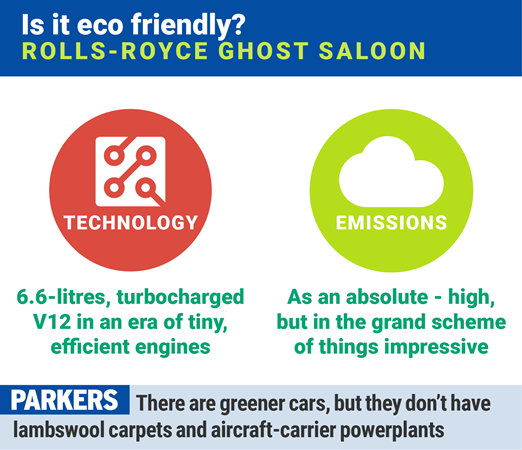
With a kerbweight of almost two-and-a-half tonnes, and a 6.6-litre twin-turbocharged V12 engine, the Rolls-Royce Ghost’s green credentials are eye-watering in comparison with mainstream cars, but acceptable when compared with its peers.
Emissions range from 327g/km of CO2 for the standard car to 333g/km for the Black Badge – high, but considering the size and capabilities of the car they’re not entirely unreasonable.
The high tax rates incurred as a result of these emissions most likely won’t pose a problem for potential buyers either, given their sheer insignificance compared to the purchase price of the Ghost.
The Rolls-Royce’s efficiency won’t impress the eco-minded but at least its economy borders on the bearable, rather than the unacceptable.
It’s also worth bearing in mind that the Rolls-Royce Ghost will have a long lifespan, thanks to its desirability and prestige. This will help reduce the car’s impact on the environment a little.
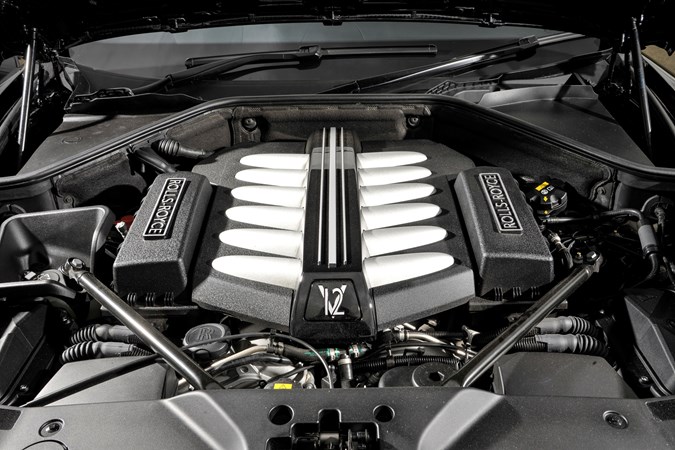
- Lots of BMW hardware, mainly under the skin
- Few recalls in a long model history
- Rolls-Royce customer service is exemplary
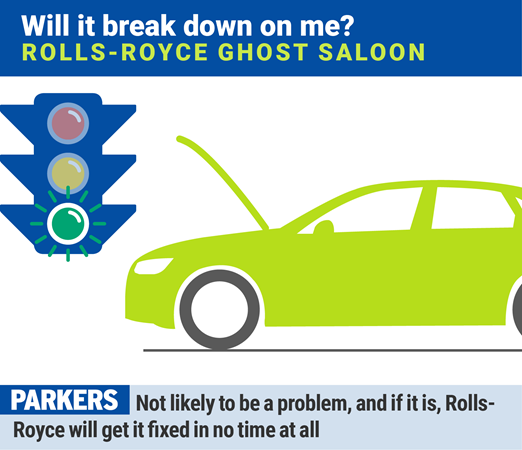
Rolls-Royce Ghost reliability should prove to be very good. Few will be abused or neglected, helping reduce wear and tear, and many of the parts used are well proven.
The only downside is that, if there is an issue, the cost of diagnosing and repairing the fault could prove substantial.
Rolls-Royce’s customer service is superb, however, so some comfort can be taken from the fact that your car’s problem should be resolved quickly and efficiently.
If you are looking at older or higher-mileage examples, remember to budget for increased running costs. The Ghost is a complicated car that will become significantly more expensive and problematic to keep running as time passes.
The Ghost has been recalled by Rolls-Royce twice – one for a short-circuit in a coolant pump, the other affecting the airbags and seatbelt tensioners. Both were in the early 2010s so should be fixed by now.
Ongoing running costs
| Road tax | £600 - £735 |
|---|---|
Get an insurance quote with

|
|



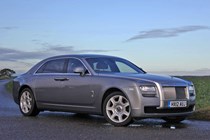
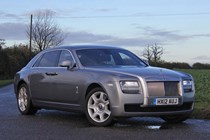

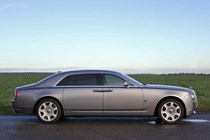
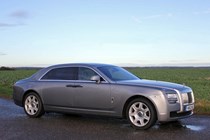
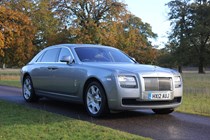
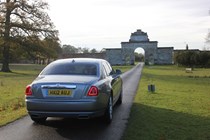
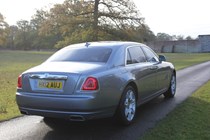
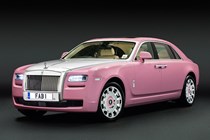
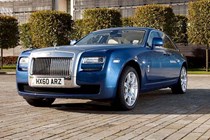
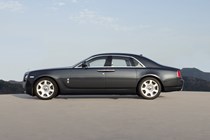
.jpg)
.jpg)
.jpg)
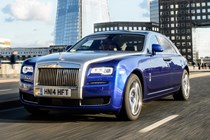
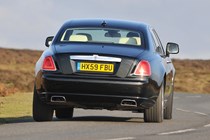
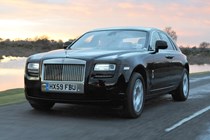
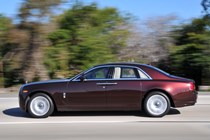
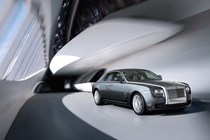
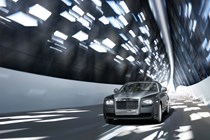
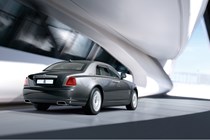
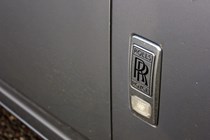
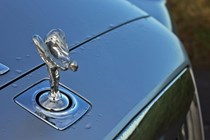
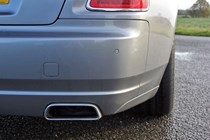
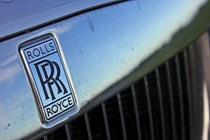
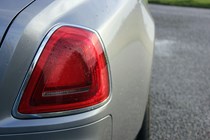
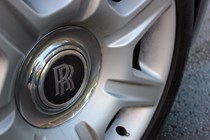
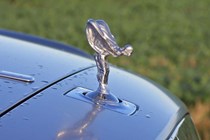
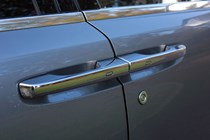
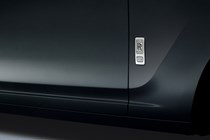
.jpg)
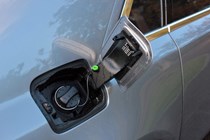


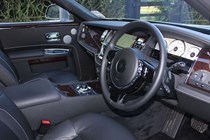

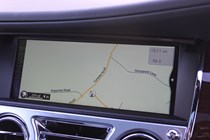
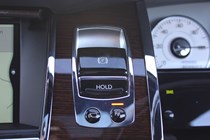
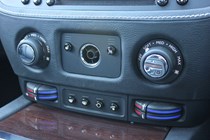
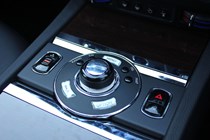
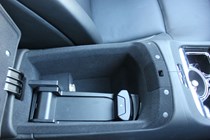
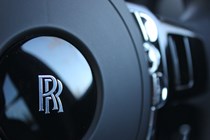
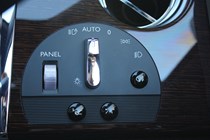
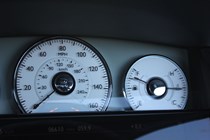
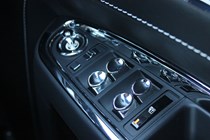
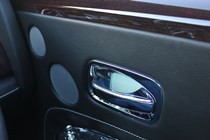
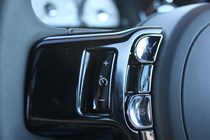
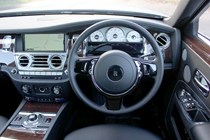
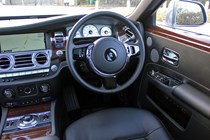
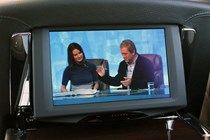
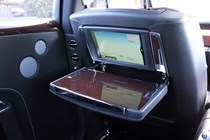
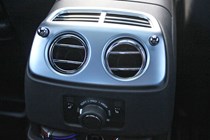
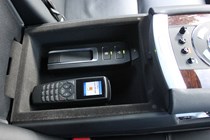
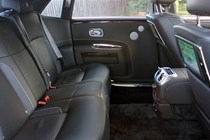
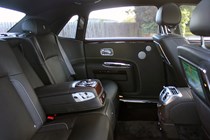
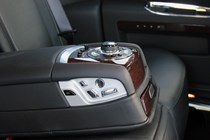
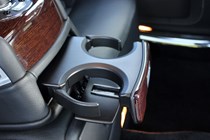
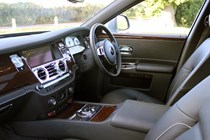
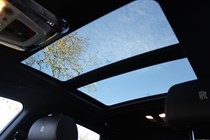
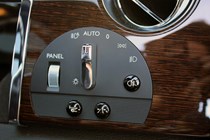
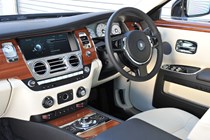
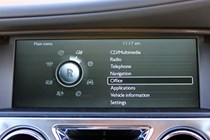
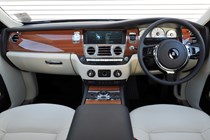
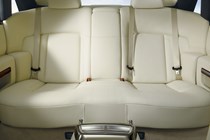
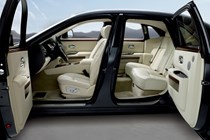
.jpg)
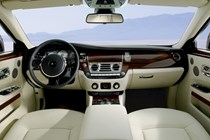
.jpg)
.jpg)
.jpg)
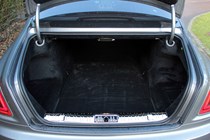
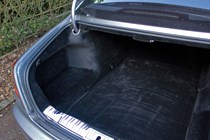
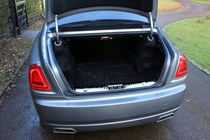
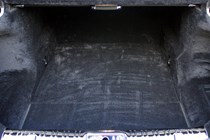
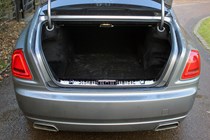
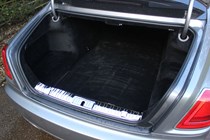
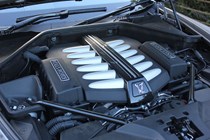
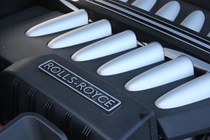
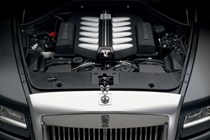
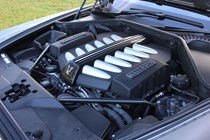












.jpg?quality=50)
.jpg?quality=50)
.jpg?quality=50)
















.jpg?quality=50)


































.jpg?quality=50)

.jpg?quality=50)
.jpg?quality=50)
.jpg?quality=50)









